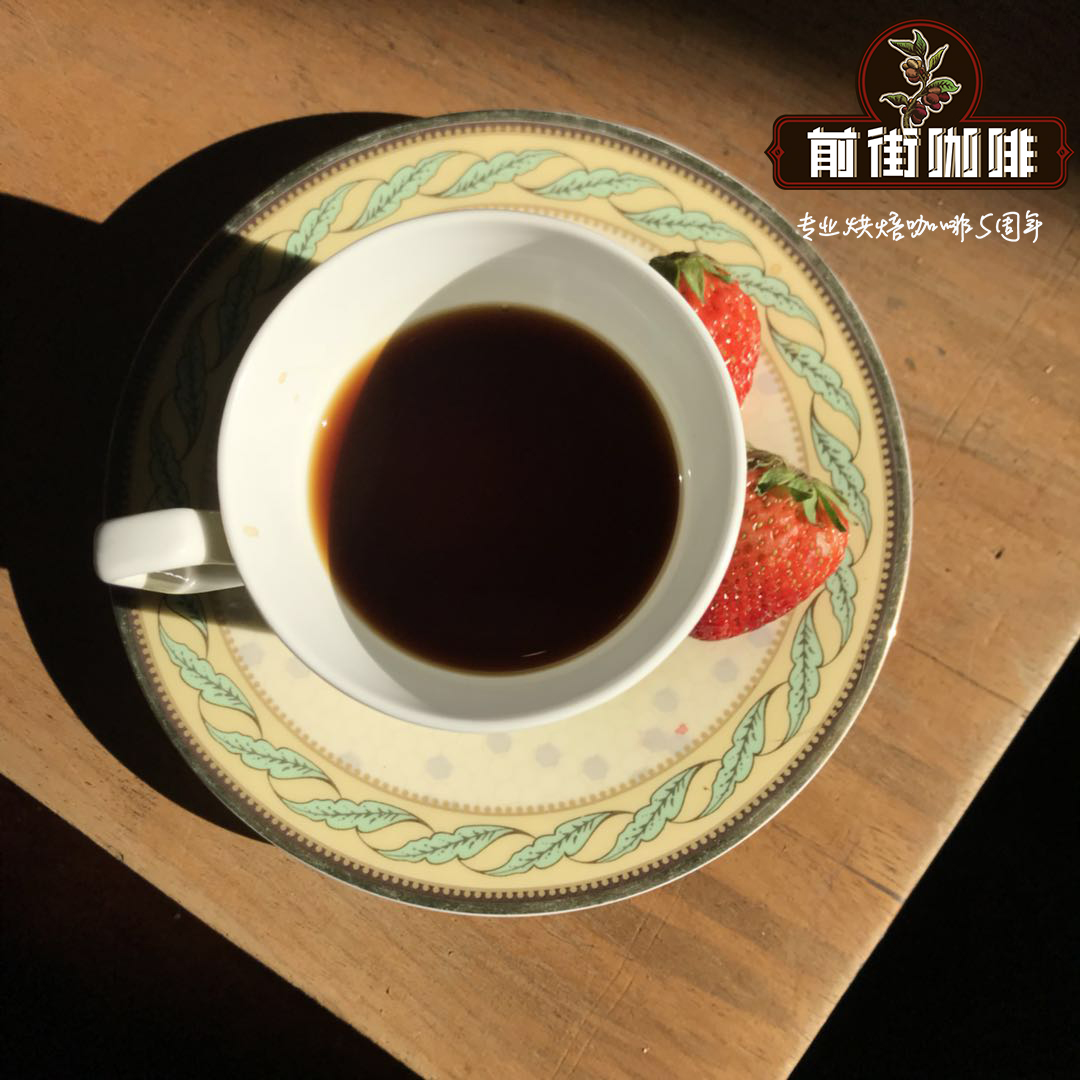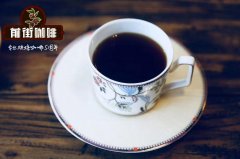Is the quality of coffee bean solarization good? what is the difference between coffee bean solarization and honey treatment?

Professional coffee knowledge exchange more coffee bean information please follow the coffee workshop (Wechat official account cafe_style)
Tanning is the oldest method of treatment. according to literature, Arabs began to use coffee beans to treat coffee fruits as early as 1000 years ago in the 11th century. Coffee was called "Arab wine" when it was introduced into the West from the Arab world because of its refreshing effect.
1. Remove floating beans
Pour the coffee beans into a large tank, the underdeveloped inferior beans will surface, and the ripe and full fruits will sink to the bottom of the water. At this time, the floating beans on the surface will be removed, that is, the steps of removing floating beans will be completed.
two。 Insolation
Spread the coffee fruit evenly in the exposure field and turn it several times a day. This process usually lasts about 3 weeks, depending on the local climate. When the water content inside the coffee bean drops to 10-14%, the step of the coffee bean solarization is completed.
3. Remove the shell
After the end of the sun, the outer layer of the coffee seed has been dry and hard, at this time, use the sheller to remove the shell, that is, to complete the coffee bean sun treatment step.
Advantages:
Tanning method does not need water except for the steps of removing floating beans, and a bucket of water can be reused with low cost, so it is widely used in areas where water resources are not abundant and less affluent.
Disadvantages:
1. Sunburn method because the coffee beans must be placed outside, so there are often a lot of dead branches and leaves and other impurities mixed with it.
two。 Because it is the use of the sun's energy, the degree of dryness of coffee beans is not easy to control, resulting in coffee fruit "overdrying" situation, internal coffee beans are damaged as a result.
3. In the process of the sun, because the pulp has not been removed, it is often moldy and rotten.
Flavor:
Because the sun drying method allows the coffee fruit to dry naturally, the coffee beans can ripen naturally inside the fruit and will not be disturbed by the external environment, so the coffee beans treated by the coffee bean sun method will enlarge their own flavor, mellow and strong flavor. and give off a sweet taste.
Honey treatment method
Today, honey treatment is used in almost all the producing areas of Costa Rica. This method is also widely spread throughout Central America. Because the surface mucosa of coffee beans is extremely slippery and the sugar content is extremely high, it is often called "honey". In the process of honey treatment, coffee will leave some or all of the "honey" when it is dried. After the coffee fruit is picked, graded and peeled, it is placed on a drying bed to dry.
Because the drying time of the mucous membrane is very short, coffee beans hardly ferment during the drying process. The acidity of coffee beans processed by this method is slightly higher than that of natural washing, but much lower than that of natural washing and natural sun processing.
3 grades of honey treatment
Since the protagonist of this article is honey treatment, here are several different honey treatments and their effects on the final taste of coffee.
Some plantations that have not used honey treatment in the past have to use the tools at hand to process the coffee. Since raw bean processing plants in most regions, such as Latin America, Kenya and Ethiopia, used to use water to transport raw coffee beans, coffee beans lose some of their mucous membranes during transportation.
Important Notice :
前街咖啡 FrontStreet Coffee has moved to new addredd:
FrontStreet Coffee Address: 315,Donghua East Road,GuangZhou
Tel:020 38364473
- Prev

Introduction to the advantages of coffee bean solarization process description of flavor and taste
Professional coffee knowledge exchange more coffee bean information please follow the coffee workshop (Wechat official account cafe_style)
- Next

Description of flavor and taste characteristics of honey-treated coffee beans description of honey-treated coffee beans
Professional coffee knowledge exchange more coffee bean information please follow the coffee workshop (Wechat official account cafe_style)
Related
- What is the meaning of lactic acid fermentation with coffee bean treatment?
- How to judge the state of foam by sound?
- How does the latte pull out the unicorn pattern? Come to get for a little trick to improve the flower pull!
- Will flower pulling affect the taste of the latte?
- Do you know the history of coffee?
- The difference between honey treatment and sun washing what is raisin honey treatment?
- What kind of milk can a novice use to make coffee foam to keep the foam longer? The correct method and skills of milking tutorial sharing
- Why do washed coffee beans taste sour? Flavor characteristics of washed Coffee
- Introduction to the skill of how to practice the size and height of water injection around the circle of hand-brewed coffee
- How do beginners practice coffee flower drawing from scratch?

